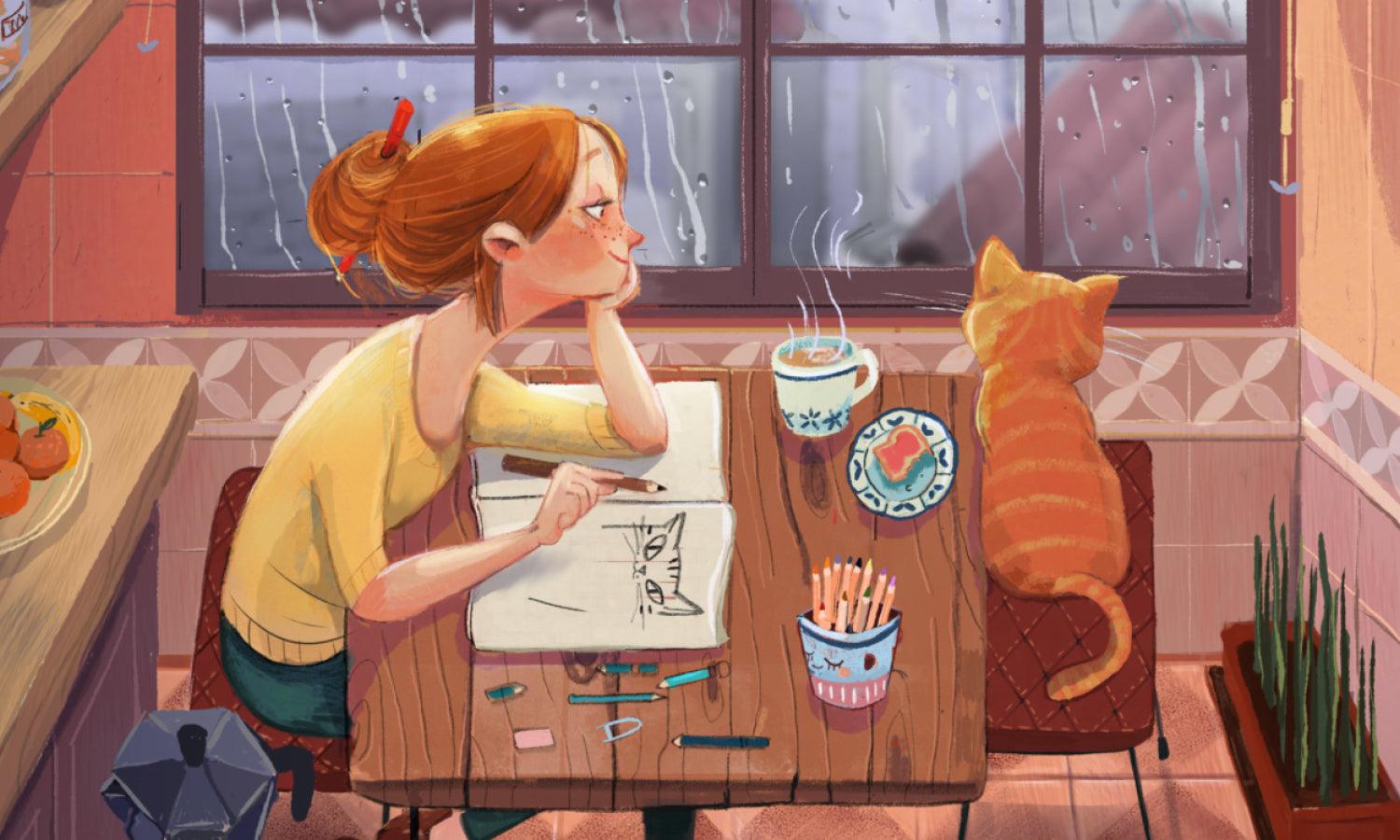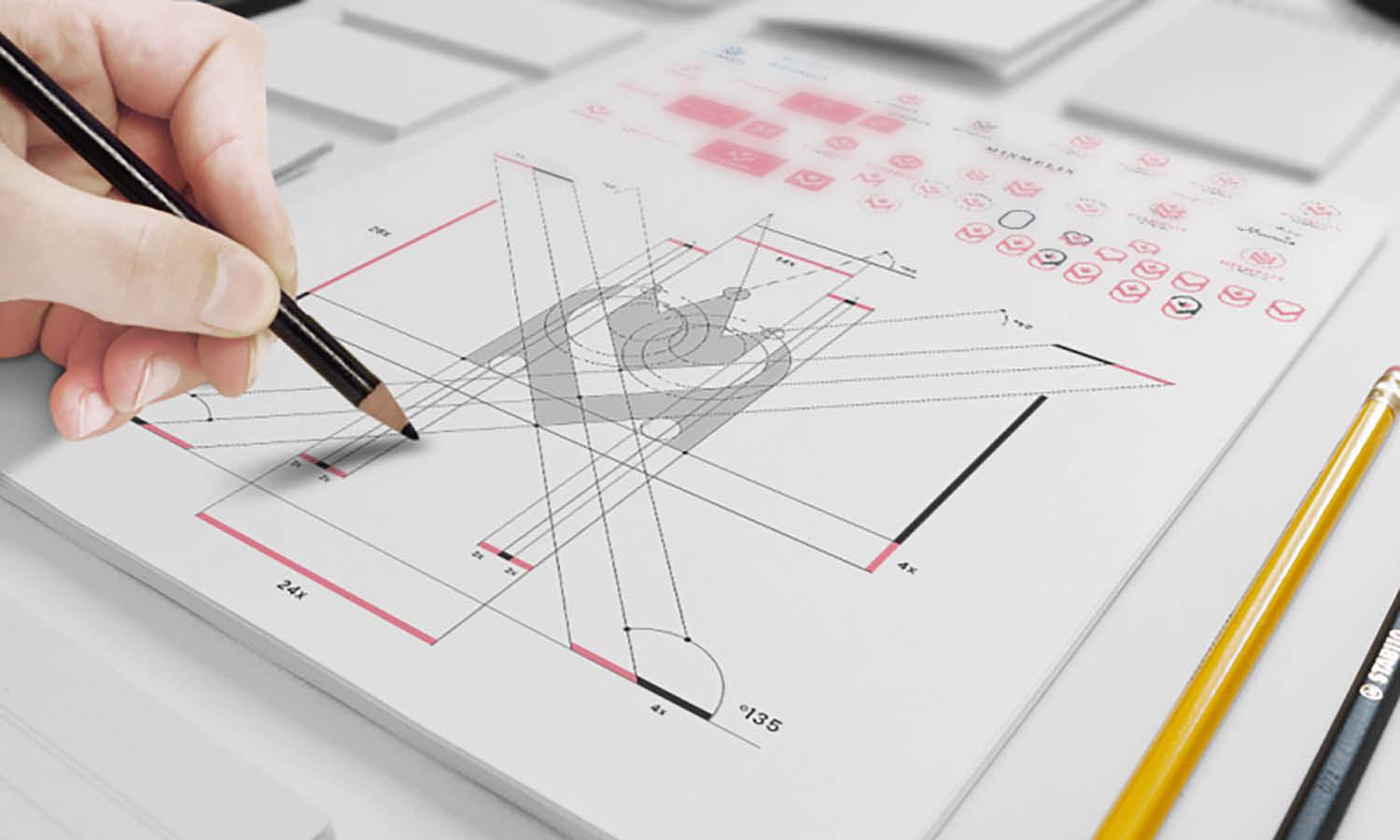Let’s Get Inspired by Japanese Culture Design

Japan’s design ethos, steeped in a rich tapestry of history and modernity, offers a profound source of inspiration for creatives worldwide. Known for its distinctive blend of tradition and innovation, Japanese culture manifests a unique aesthetic that balances minimalism with a deep respect for craftsmanship. This cultural framework influences various design fields, including graphic design, architecture, fashion, and beyond, making "Japanese culture" a pivotal study for any designer aiming to diversify their artistic perspective.
The influence of Japanese design is evident in its ability to convey complex ideas through simple yet powerful visual statements, making every element meaningful. Let’s explores how the principles of balance, harmony, and refined beauty that underpin Japanese culture can enrich the creative process and outcome, offering fresh viewpoints and innovative solutions in design.
The Essence of Minimalism in Japanese Design
Minimalism in Japanese design is not merely an aesthetic choice but a reflection of a deeper cultural appreciation for simplicity and functionality. Rooted in the traditional Zen philosophy, this approach emphasizes the "less is more" ethos, where every element serves a purpose, and excess is avoided. Japanese minimalism is characterized by clean lines, uncluttered spaces, and a monochromatic color palette that together create a serene and harmonious environment. This design philosophy extends beyond mere decoration, influencing architecture, product design, and even digital interfaces.
In Japanese culture, design is seen as a way to achieve balance and tranquility in life, reflecting the values of purity and simplicity. The minimalist approach also highlights the importance of quality and craftsmanship, where attention to detail is paramount. As designers around the world seek to incorporate sustainable and user-focused designs, the Japanese minimalist aesthetic offers valuable lessons on the beauty of simplicity and the potential of understated elegance to create impactful, timeless designs.
Influence of Nature on Japanese Aesthetics
Nature plays a pivotal role in shaping Japanese aesthetics, manifesting in every aspect of life and design. This deep-rooted influence is evident in the traditional art of landscape gardening, the floral art of Ikebana, and even in the architectural use of natural materials like wood, bamboo, and stone.
The Japanese philosophy of Satoyama—living in harmony with nature—encourages designs that blend seamlessly with their natural surroundings, promoting peace and tranquility. This connection is also reflected in the frequent use of earthy tones and textures that mimic natural elements, bringing the outside world into interior spaces.
The fluidity and asymmetry in Japanese design mirror the organic patterns found in nature, celebrating the imperfect and transient as beauty to be revered. In textile designs, natural motifs such as cherry blossoms, koi fish, and mountain landscapes are prevalent, symbolizing various cultural values and stories.
Wabi-Sabi: Embracing Imperfection
Wabi-Sabi is a cornerstone of Japanese aesthetics that celebrates the beauty found in imperfection, impermanence, and incompleteness. Originating from Buddhist teachings, Wabi-Sabi is a view of the world that finds charm in the rustic, the understated, and the naturally flawed aspects of life. This philosophy deeply influences Japanese design, where the presence of asymmetry, roughness, and simplicity are not only accepted but revered as symbols of natural beauty.
In practical design terms, this can be seen in the use of irregular shapes in pottery, the rustic appearance of handmade paper, or the intentional incorporation of aged materials in architecture. These elements suggest a form of quiet authenticity and modesty, encouraging a reflective appreciation of the transient nature of all things. The concept of Wabi-Sabi resonates with contemporary global design trends that emphasize sustainability and authenticity, aligning with the move towards more eco-conscious, sustainable practices that honor the history and story of materials.

Japanese Typography and Calligraphy
Japanese typography and calligraphy are integral expressions of the country’s rich heritage and artistic tradition. These forms of visual art not only serve as functional communication tools but also as a means to convey aesthetic beauty and cultural depth. Japanese calligraphy, known as Shodo, involves the graceful art of writing characters with a brush and ink, where each stroke reflects a precise movement honed by years of disciplined practice.
This art form emphasizes the balance between form and space, where the character’s arrangement and the empty spaces around them are equally important. Typography in Japan also takes cues from its calligraphic roots, often incorporating varied brush strokes and fluid lines that echo traditional calligraphy techniques. Modern Japanese typography frequently blends these traditional elements with contemporary design trends, leading to unique font designs that are deeply rooted in cultural identity yet vibrant and adaptable to various media.
Designers utilize these typographic skills to create visually engaging content that resonates with a sense of cultural authenticity and aesthetic innovation, making Japanese typography and calligraphy beloved components of design both domestically and on a global stage.
The Role of Color in Japanese Design
Color holds profound symbolic and aesthetic importance in Japanese design, deeply influenced by the nation’s cultural and natural landscapes. Traditional Japanese color usage is not merely a visual choice but is steeped in cultural significance, often representing seasons, emotions, or cultural philosophies. For instance, red is considered to energize and protect, while white symbolizes purity and cleanliness, often used in religious and festive contexts. The use of indigo, or 'ai', which is prevalent in Japanese textiles, reflects the depth and richness of the natural world, embodying a sense of durability and the passage of time.
Japanese designers utilize these colors in a manner that harmonizes with the overall design philosophy of minimalism and nature-centric aesthetics. This can be observed in the restrained yet impactful use of color in everything from traditional kimono fabrics to contemporary graphic design, where colors are used to evoke specific feelings and convey subtle messages.
Moreover, the integration of seasonal colors in designs, such as cherry blossom pinks in spring collections or autumnal hues in fall, illustrates a dynamic relationship between design and the changing environment. This thoughtful application of color enhances the emotional and visual experience, making Japanese design not only a visual art form but also a narrative of cultural storytelling.
Origami-Inspired Designs
Origami, the traditional Japanese art of paper folding, has transcended its folk art roots to inspire a wide array of modern design disciplines. By transforming a flat sheet of paper into intricate, three-dimensional shapes through a series of folds, origami embodies the principles of innovation and efficiency that are prized in Japanese culture. Designers across the world draw on origami techniques to create complex, foldable structures in areas as diverse as architecture, product design, and fashion.
In architecture, the origami influence is evident in buildings that feature sharp angles and faceted façades that mimic the crisp folds of paper. These structures often demonstrate not only aesthetic beauty but also structural efficiency, encapsulating the essence of minimal material use while maximizing space. Similarly, in product design, origami inspires furniture and lighting fixtures that are both compact and transformable, reflecting the adaptability and precision of the art form.
Fashion designers also incorporate origami folds into their garments, creating dramatic, sculptural silhouettes that stand out for their ingenious construction and elegance. The adoption of origami principles in design showcases the seamless blend of form and function, a hallmark of Japanese design that continues to influence and innovate global aesthetics.
Japanese Gardens as Design Inspiration
Japanese gardens represent a revered fusion of meticulous design, spiritual symbolism, and a deep appreciation for nature, all central themes in Japanese culture. These gardens, designed for contemplation and reflection, heavily influence modern landscaping and architectural designs worldwide. Their core principles—miniaturization, concealment, asymmetry, and borrowed scenery—offer a blueprint for creating serene and meaningful spaces in both public and private domains.
Miniaturization in Japanese gardens involves creating a scaled-down but idealized view of nature, which is evident in the careful arrangement of rocks, water features, and moss to represent mountains, lakes, and forests. This technique is used in design to craft spaces that feel expansive yet intimate. Concealment in the gardens, which uses strategic placements and angles, encourages exploration and movement, a technique that can be applied to enhance the user experience in architectural and urban designs.
Asymmetry, another key aspect, challenges the Western conventions of balance and regularity, offering a more dynamic aesthetic that captures the organic, uneven essences of natural landscapes. This principle has been adopted in modern design to create more fluid and engaging spaces.

Japanese Woodwork and Carpentry
Japanese woodwork and carpentry are celebrated for their extraordinary precision and minimalistic beauty, reflecting a craftsmanship that has evolved over centuries. The techniques and aesthetics in Japanese carpentry, governed by a philosophy that combines functionality with natural beauty, have had a profound influence on modern design, particularly in the realms of furniture making and architecture.
The hallmark of Japanese woodwork is the use of joinery techniques that require no nails or glue, relying instead on intricate joints that fit together like a puzzle. These methods not only highlight the woodworker’s skill but also ensure durability and flexibility in wooden structures, principles that are increasingly valued in sustainable building practices. The aesthetic of Japanese carpentry, characterized by clean lines and the prominent display of wood grains, emphasizes the material’s natural texture and form, which has inspired minimalist design trends globally.
In furniture design, the influence is seen in pieces that are both functional and sculptural, utilizing the natural color variations and strengths of different woods to enhance the design without the need for excessive decoration. In architecture, these carpentry techniques enable buildings to withstand the test of time and adapt to natural forces, particularly in earthquake-prone areas like Japan.
Incorporating Zen Philosophy in Interior Design
Zen philosophy, deeply ingrained in Japanese culture, promotes balance, harmony, and simplicity, principles that are increasingly influential in modern interior design. Rooted in the pursuit of tranquility and mindfulness, Zen-inspired interiors are characterized by their minimalist approach, emphasizing clean lines, natural materials, and a monochromatic color palette. This philosophy extends beyond mere aesthetic to affect the spatial organization, favoring open, fluid layouts that encourage peace and reflection.
Incorporating Zen into interior design often involves the use of natural elements like wood, stone, and water, which evoke a serene and grounded atmosphere. Furniture is typically low to the ground and simple in form, complementing rather than dominating the space. Decorative accents are sparingly used, with each item chosen with thoughtfulness and intent, often adding a touch of nature through greenery or water features.
Lighting is another critical aspect, with a focus on soft, natural light to create a calm and inviting environment. The strategic placement of windows, skylights, and translucent panels facilitates a connection with the natural world outside. These elements come together to create spaces that are not only aesthetically pleasing but also spiritually nurturing, offering a refuge from the busy external world.
Kawaii Culture
Kawaii, a cornerstone of contemporary Japanese pop culture, represents all things cute, charming, and childlike. The concept originated in the 1970s with the rise of cute handwriting and popular characters like Hello Kitty, and has since permeated every aspect of Japanese life—from fashion and food to advertising and art. Kawaii is not just an aesthetic but a cultural phenomenon that emphasizes positivity, youthfulness, and innocence.
In design, kawaii can be seen in the use of bright, pastel colors, rounded forms, and playful motifs. These elements are designed to evoke feelings of happiness and comfort, often incorporating adorable characters or whimsical themes. The influence of kawaii extends beyond traditional media; it is a fundamental aspect of user interface design in technology, where appealing, engaging elements are crucial for user experience.
Moreover, kawaii has significant international appeal, influencing fashion, graphic design, and merchandise around the globe. Brands often leverage kawaii to attract younger audiences, tapping into the universal appeal of cute aesthetics to enhance consumer engagement and brand loyalty.
Conclusion
Japanese culture and design continue to inspire and influence global aesthetics with their unique blend of tradition, innovation, and philosophical depth. From the minimalist elegance of Zen interiors to the playful vibrancy of kawaii culture, Japanese design teaches us the importance of harmony, respect for materials, and the beauty of functionality. As we embrace these elements, we not only enhance our visual environments but also adopt a mindful approach to design that enriches our daily lives. By integrating these timeless principles, designers around the world can continue to create spaces and products that resonate deeply with both history and modernity.
Let Us Know What You Think!
Every information you read here are written and curated by Kreafolk's team, carefully pieced together with our creative community in mind. Did you enjoy our contents? Leave a comment below and share your thoughts. Cheers to more creative articles and inspirations!
















Leave a Comment